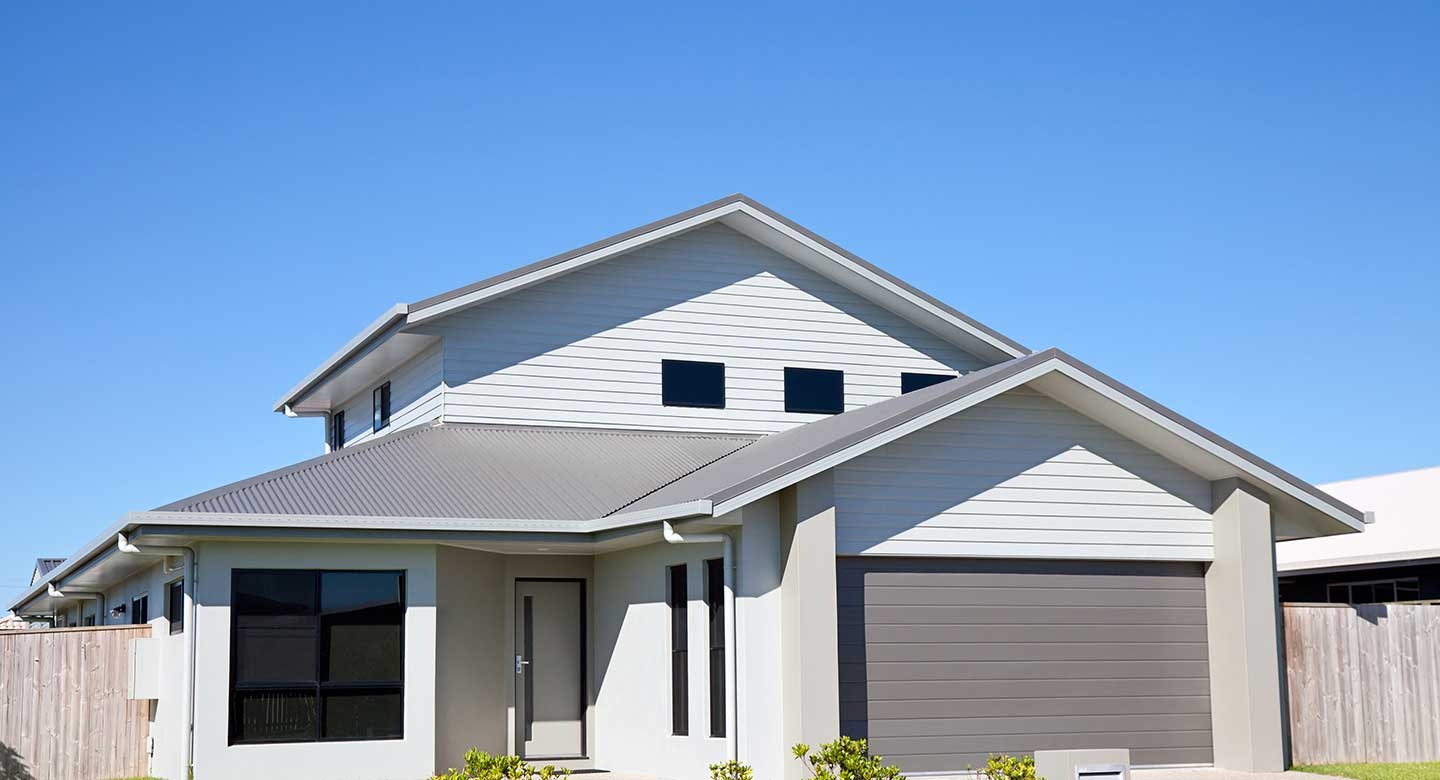As a renovation project, cladding your house has been linked to the solution for homes affected by the leaky-home epidemic. The perfect solution to water damage is home reclad. This involves removing exterior cladding. This allows builders to access the timber framing to repair any structural damage and replace the cladding. This allows you to repair any damage to the flooring, framing or decks causing the leaky symptoms.
Avoiding Potential Problems
You may be able to avoid a lawsuit if your house has untreated timber framing but not the symptoms of a leaky home. You can get rid of the untreated timber framing and put it in treated framing to give you peace of mind.
Beauty Improvements
Your first impression is everything. For your home, it will be your cladding. Recladding in Auckland can be a great way to update your home’s exterior and bring it up to date. You can be creative. Country home or rural home can be incorporated seamlessly into your natural surroundings. Or, you can create a modern masterpiece with strong geometric features and concrete cladding to make it stand out.
However, aesthetic improvements are not only for your taste. You can also increase the property’s value with realtors reporting curb appeal can increase property values by more than 20%. This is a reasonable investment in your property’s overall resale potential.
Refresh your Home and Your Building Consent
The recladding process exposes the framing of your home. This is an ideal time to remodel your interior design. You can create amazing open-plan living spaces, maximize your space and finally build your dream home. This rare opportunity to complete all your renovations in one day is a great deal. You can also renovate your entire home by combining the two.
A current Building Code is a great way to avoid future problems and save money if you ever want to sell your house.
What should I know when I choose to reclad my home?
To ensure your Code Compliance Certificate, your recladding experts must perform these inspections in the same order.
- Pre-construction site meeting held.
- Spin-off inspection – This is done after the original cladding is removed but before removing any framing that may have been damaged.
- Remedial work inspection – This inspection takes place after all elements affected have been repaired and are covered.
- Nearly there! Pre-wrapping, nib, wall/cavity and substrate insulation, fire-rating, and painting inspections
- Cladding Inspection
- Before scaffolding is removed – It is necessary to perform a painting check.
- Final inspection – And you’re done!

